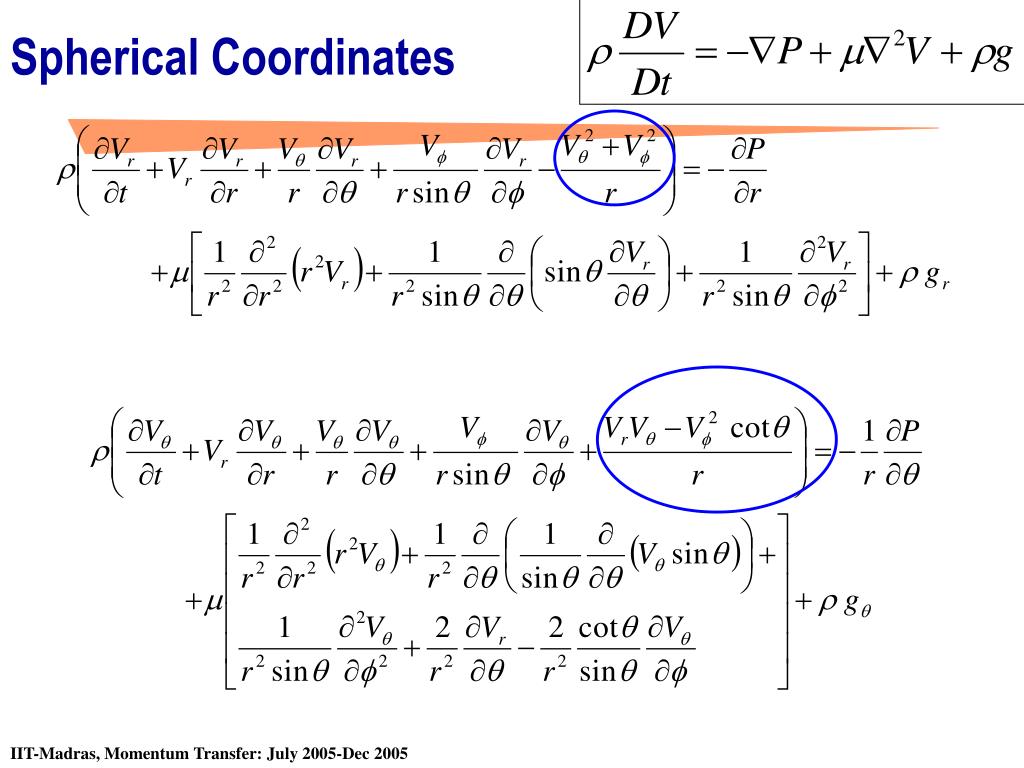

The 5-HT3 receptor is one such protein, as its activation results in a change in membrane potential due to the opening of a Ca2+-permeant, cation-selective channel it can therefore be studied using both Ca2+- and membrane potential-sensitive fluorescent dyes. The FlexStation is a 96 or 384 fluorescent plate reader with the capability of adding solutions during readings it therefore has the potential to provide high throughput analyses of the functional characteristics of neurotransmitter-gated ion channels that can be examined using changes in fluorescence. Data are transferred from the SoftMax Pro software to construct concentration-response relationships of TRPA1 activators and inhibitors. The effect of a putative TRPA1 antagonist was also examined.

HEK293 cells transiently or stably expressing human TRPA1 channels, grown in 96-well plates, are loaded with a Ca2+-sensitive fluorescent dye, Fluo-4, and real-time fluorescence changes in these cells are measured before and during the application of a TRPA1 agonist using the FLEX mode of the FlexStation 3. In this video, we demonstrate the application of FlexStation 3 to study the pharmacological profile of the TRPA1 channel, a molecular sensor for numerous noxious stimuli. Most of the TRP channels are calcium permeable and induce calcium influx upon activation. Transient receptor potential (TRP) channels are a large family of nonselective cation channels that play important roles in many physiological and pathophysiological functions. For example, FlexStation 3 has been used to study the function of Ca2+-permeable ion channels and G-protein coupled receptors by measuring the changes of intracellular free Ca2+ levels.

It has an integrated fluid transfer module equipped with a multi-channel pipetter and the machine reads one column at a time to monitor fluorescence changes of a variety of fluorescent reagents.

It is ideal for medium- to high-throughput screens in academic settings. The Molecular Devices' FlexStation 3 is a benchtop multi-mode microplate reader capable of automated fluorescence measurement in multi-well plates. PROTEIN DETECTION, QUANTITATION, ANALYSIS.COVID-19 RESPONSE - We are committed to supporting our scientific community during this pandemic.


 0 kommentar(er)
0 kommentar(er)
